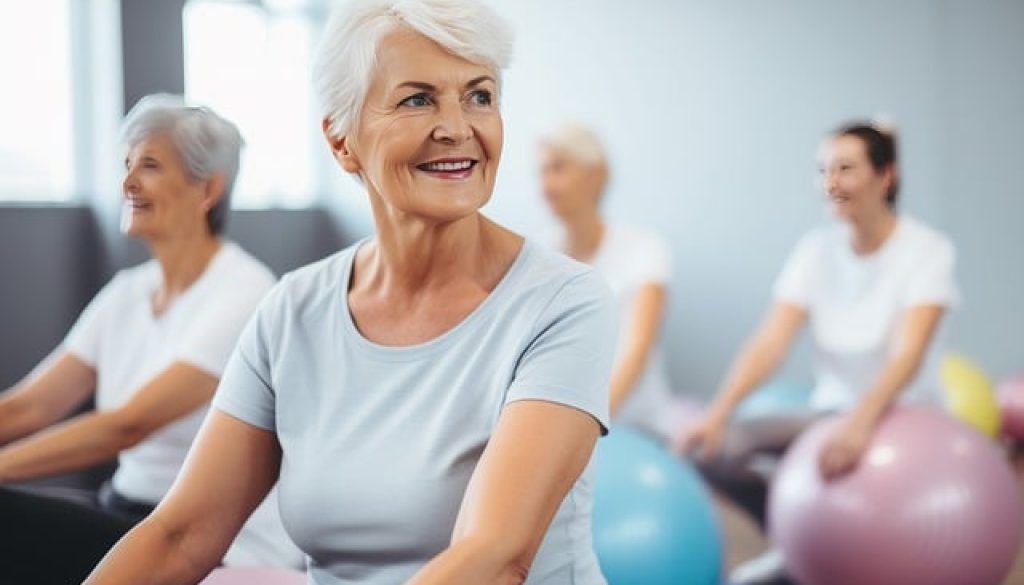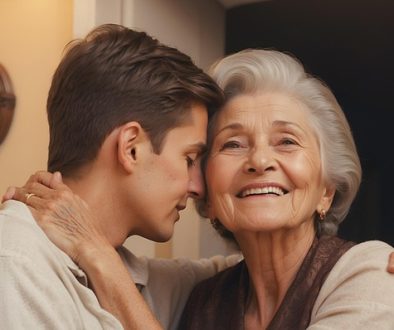Exercising with Arthritis: 8 Tips to Avoid Pain & Stay in Shape
It’s hard enough keeping an exercise routine when everything DOESN’T hurt. Enter arthritis into the mix – the bane of nearly 60 million Americans, according to the CDC – and exercising to stay in shape is all the more difficult. Many, wishing to avoid the pain, tend to steer clear of exercising with arthritis altogether.
You see the problem, right? As you know, arthritis is a painful inflammation of the joints. Moving hurts. Not moving hurts more. Joints grow stiff. It’s a vicious cycle.
We must balance movement with comfort. As you – or a loved one – continue to pursue a life worth living, here are some tips to avoid pain and stay in shape.
Being Active & Fit: Tips for Exercising with Arthritis
Now, I’d be the last to proclaim myself a fitness guru. But I’m a firm believer in the power of exercise to improve quality of life, even in the face of joint pain and stiffness. As a professional life-care planner and Board-certified Patient Advocate in Florida, it’s my duty to help with tips for a better life.
I’ve witnessed firsthand the challenges arthritis poses for seniors and their caregivers. There are strategies and exercises that can help seniors stay active and manage arthritis symptoms.
Manage Pain Wisely
Before beginning an exercise regimen, ensure that arthritis pain is under control. This often involves working closely with healthcare professionals to develop a comprehensive pain management plan tailored to individual needs.
Communicate openly with health providers about pain levels and any changes, as this info can guide adjustments. It’s often appropriate to diagnose the specific type of arthritis and prescribe appropriate medications or therapies. For example, nonsteroidal anti-inflammatory drugs (NSAIDs) or corticosteroid injections may help reduce inflammation and alleviate pain.
But don’t rely solely on medications. There are various non-pharmacological approaches that can help alleviate arthritis pain, such as physical therapy, acupuncture and mindfulness stress reduction techniques.
Slow & Steady Wins the Race
For those advancing in age, there’s nothing wrong with taking your sweet time. Our elder loved ones are in no hurry to get in shape, but rather to maintain a healthy balance to feel well. And they’re certainly more interested in avoiding unnecessary injury. Gentle warm-up exercises are key to preparing stiff and achy joints for physical activity.
Begin with simple range-of-motion exercises, such as arm circles, ankle rolls and doorway stretches. Applying a heat pack to affected areas before exercising can help relax muscles, loosen joints and increase flexibility.
Prioritize Recovery
I’m putting this near the top because far too many people tend to go too hard and not allow time for their bodies to rest and heal. (Yes, even people exercising with arthritis, which just adds to the pain.) Recovery is just as important as exercise itself, especially for individuals with arthritis.
In general, experts say to rest an ample amount between exercise sets and for a day or two between sessions. Incorporate light stretching and gentle cooldown exercises into the routine to prevent muscle stiffness and soreness. Applying ice packs to sore joints after a workout reduces inflammation and promotes faster recovery.
Low-Impact Activities
Gentle, joint-friendly exercises yield the benefits of physical activity without worsening arthritis pain. A variety of low-impact exercises into a daily routine can manage their arthritis symptoms and maintain an active lifestyle. Start slowly and gradually increase intensity and duration to avoid overexertion and prevent injury.
Activities like swimming, water aerobics or stationary cycling minimize stress on arthritic joints. Tai Chi – an ancient Chinese martial art known for its gentle, flowing movements – is another excellent option for improving balance and flexibility. Similarly, yoga increases joint flexibility, strengthens muscles and improves mobility while promoting relaxation and reducing stress.
Adjust the Routine
In that light, it’s important to mix it up. Variety is the spice of life — and the key to maintaining an enjoyable and sustainable exercise routine. Explore different types of exercise, from walking to strength training and balance exercises.
Mixing up workouts not only prevents boredom, but also ensures engaging different muscle groups and avoiding overuse injuries.
Target Weaknesses
Strengthening the muscles around arthritic joints can provide much-needed support and stability. Consult a doctor, physical therapist or personal trainer to develop a customized strength training program that targets specific areas of weakness.
For example, exercising with arthritis can include leg lifts, wall push-ups and seated rows to improve strength and mobility in the legs, arms and back.
Listen to Your Body
Working out to the point of exhaustion is for professional athletes and gym rats. Exercise should never cause undue discomfort or exacerbate joint pain. It’s crucial for individuals with arthritis to listen to their bodies and avoid pushing through pain.
Encourage your loved one to find a balance between challenging themselves and respecting their body’s limits.
Eat a Healthy Diet
A healthy, balanced diet supports overall health and well-being. That includes joint health!
If you or a loved one struggle with arthritis, fuel the body with nutritious foods that support a well-rounded exercise regimen. Lean proteins like chicken, fish and tofu help to build and repair muscle tissue. Fruits, vegetables and whole grains provide essential vitamins, minerals and antioxidants.
Exercising with Arthritis Doesn’t Have to Be Painful
In fact, doing it right should REDUCE pain. While exercising with arthritis may present unique challenges, it’s not a barrier to enjoying life to the fullest. By following these tips and working closely with healthcare professionals, you – or your loved one – can manage arthritis symptoms and maintain a healthy, active lifestyle.
Remember, exercise is not only beneficial for physical health but also for mental and emotional well-being. So let’s lace up our sneakers, stretch those muscles and embrace the joy of movement together!
If you need help building a life-care plan that includes plenty of physical activity, feel free to contact me here.




